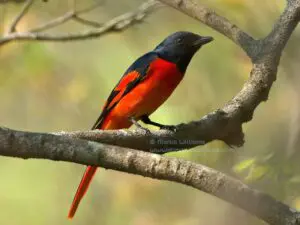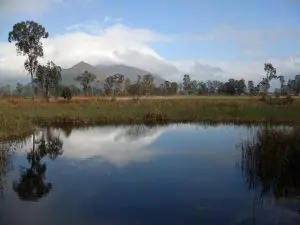Set on the coast of sub-tropical south China, Hong Kong is home to a wealth of wildlife, which is all the more astonishing for a place known mainly as a metropolis. With freshwater wetlands, hill forests and streams on hills, mangrove fringed coastal mudflats, plus inshore waters dotted with islands, Hong Kong is home to 23 species of lizards and 52 species of snakes, along with 250 species of butterflies, 55 species of terrestrial mammals, and two resident marine mammals. Plus, over 550 bird species have been recorded here.
For all this rich biodiversity, Hong Kong is no paradise for nature. As the following accounts of six notable animal species and families reveal, Hong Kong is a microcosm of issues impacting wildlife worldwide – such as habitat destruction, pollution and over-hunting. There are conservation efforts, with varying degrees of success, but much more is needed if we are to really achieve a kind of harmony that sustains even relatively obscure species while meeting our own needs. If we fail in this, we will fail to achieve sustainability and we humans will be threatened too.
Green Turtle
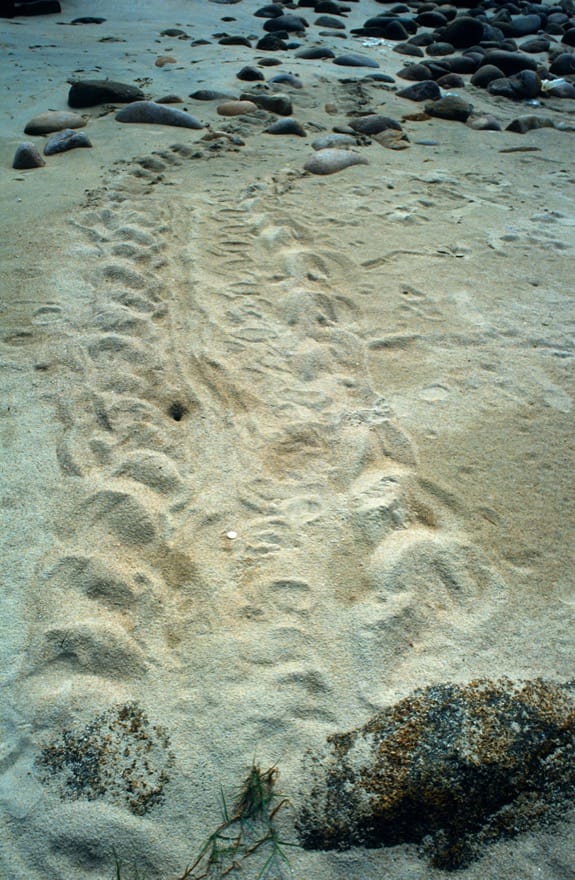
With their hard shells reaching over a metre long, and typically weighing up to 110-190kg as adults, Green Turtles are the world’s second largest turtles, and the only sea turtles known to have nested in Hong Kong. They tend to remain faithful to nesting sites, such as on Lamma, where villagers formerly collected their eggs for food.
IUCN Red List status: Endangered
But their numbers have dwindled, because of humans consuming eggs and turtle meat, along with adults being accidentally caught by fisheries, and mistakenly eating plastic items. Their last regular Hong Kong nesting site – Sham Wan, southern Lamma – is safeguarded from human disturbance, but no turtles have nested there since 2012.
Chinese Horseshoe Crab
IUCN Red List status: Endangered
There are just four species of horseshoe crabs, which are more closely related to spiders and scorpions than true crabs. Chinese Horseshoe Crabs are almost restricted to south China and the Sea of Japan and, a little like Green Turtles, adults live in coastal waters, heading to beaches and mudflats to breed.
Over-fishing – for food, and blood used by the biomedical industry – pollution and damage to their breeding haunts have reduced their numbers. An artificial breeding programme at City University of Hong Kong, supported by Ocean Park Conservation Foundation, aims to help redress the balance, by breeding young Chinese Horseshoe Crabs and releasing them in suitable places.
Indo-Pacific Finless Porpoise
IUCN Red List status: Vulnerable
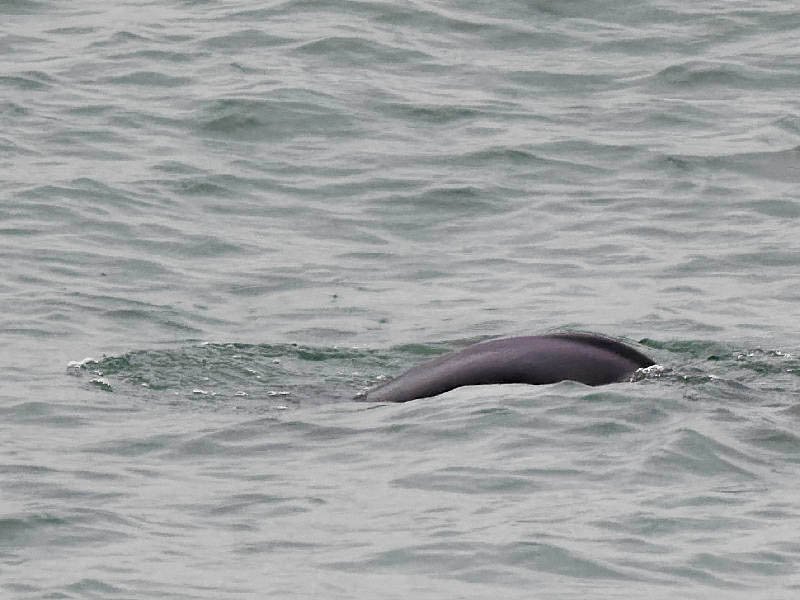
The Indo-Pacific Finless Porpoise is far less “glamorous” than its local cousin, Chinese White Dolphin – growing to just 1.7m long, and appearing like little more than a big tyre bobbing briefly to the surface. Yet it is no less deserving of attention.
Surveys indicate there are around 200 finless porpoises in Hong Kong waters, mostly to the south of Lantau, as well as near Po Toi in the southeast. Numbers of stranded individuals have risen in recent years, for reasons that are not clear. They are likely impacted by reclamation for Shek Kwu Chau incinerator, in an area that was formerly akin to a haven for porpoises.
Acropora Coral
With their branching forms, somewhat akin to deer antlers, Acropora corals are among the most attractive corals. Their presence also helps indicate the richness of coral communities, including for commercially important fish.
Research has shown the range of Acropora corals in Hong Kong has shrunk, from many coastal sites historically, to only eastern areas today. Even in the east, they are scarcer. Reasons include collection for the lime making industry, which peaked in the mid-1900s, along with fishing using explosives, and pollution. Though some coral areas are protected in marine reserves, and there are restoration efforts, safeguarding these sensitive corals requires cleaning up inshore waters.
Beale’s Eyed Turtle
IUCN Red List status: Endangered
With their shells reaching just 15cm long, Beale’s Eyed Turtles are far smaller than their sea-going cousins, and named after a pair of eye like spots on top of their heads. They are a freshwater species, feeding on creatures like small fish and tadpoles, and unique to southeast China.
While the hill forests and streams these turtles inhabit can be difficult to access, they are highly sought after by poachers, especially as their shells are used as ingredients in traditional Chinese medicine. This together with habitat loss has led to them being threatened with extinction.
Golden Birdwing Butterfly
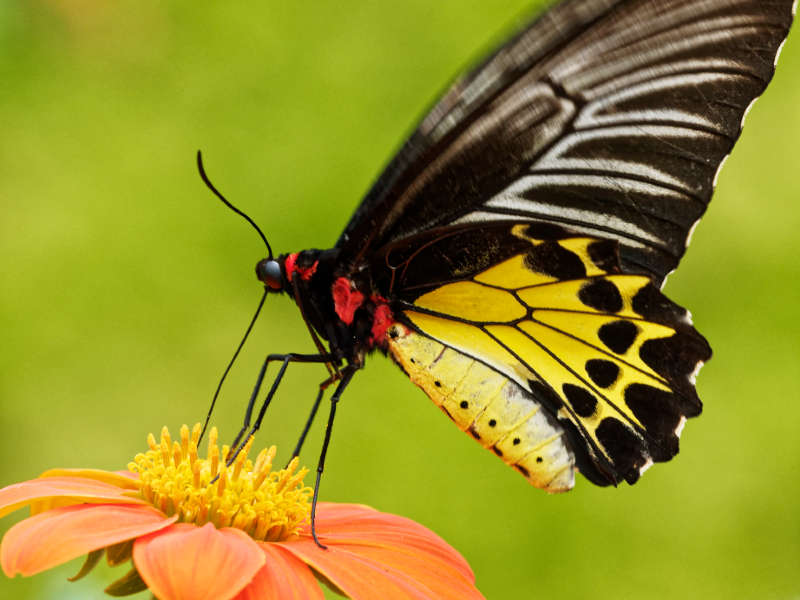
With a wingspan of up to 16cm, the Golden Birdwing and its similar looking cousin the Common Birdwing are the largest butterflies in Hong Kong. Though nowhere abundant, they might sometimes be seen gliding over trees, on mostly back wings that have eye-catching bright yellow patches at the rear, or visiting flowers to feast on nectar.
The caterpillars of both these birdwings feed on a climbing vine, Indian birthwort, which is legally protected in Hong Kong. This contains a chemical that is carcinogenic to many creatures, but does not affect the caterpillars, which instead accumulate the toxin that in turn safeguards them – and later the adults – from predators.
[Written for the South China Morning Post]






